GEOBOTANY // Eichhornia crassipes (Pontederiaceae)
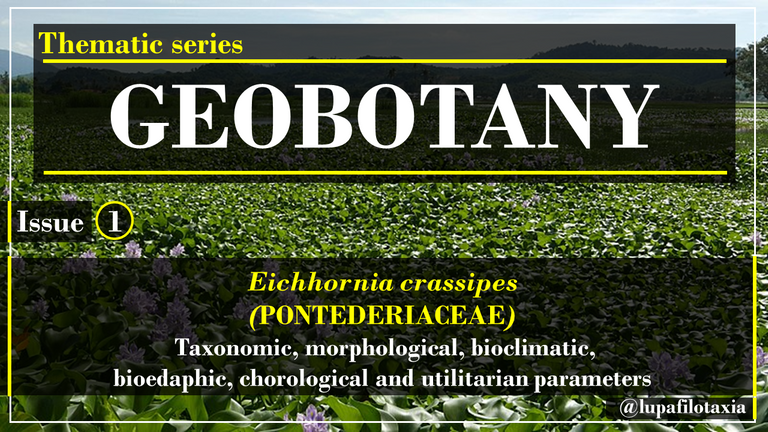
Hello dear friends, STEEM content readers, lovers of the wonderful world of botany, and members of the Hive platform!
I would like to take this opportunity to resume my manuscripts on the utilitarian study of plant species, mainly academic and scientific content focused on the detailed and descriptive study of plant species of agricultural, ornamental, forestry, forensic, psychoactive, pharmacological, herbal, and social interest.
With this publication I will begin a thematic series on scientific-technical information on GEOBOTANY, with the objective of outlining the main biotypes and plant adaptability by geographic location of species of terrestrial, aquatic and aerial habitats, taking as a study variable the utilitarian potential exhibited by species of agro-productive interest.
Abstract
The objective of this manuscript is to present in a systematized way the spatial distribution of the aquatic macrophyte Eichhornia crassipes, vernacularly known as Bora or Buchon de agua, and its plant adaptability to the conditions of the ecological and geographical area of southern Lake Venezuela. To this end, I will present the characteristics of taxonomic and morphological parameters, bioclimatic parameters, bioedaphic parameters, chorology associated with the species, and utilitarian potential.
Taxonomic and morphological parameters
At the taxonomic level the aquatic macrophyte Eichhornia crassipes, belongs to Division: Magnoliophyta, Class: Magnoliopsida, Order: Pontederiales, and Family: Pontederiaceae, in terms of morphological characteristics presents short stems, and in stoloniferous form, of palustrine roots, normal and adventitious of fibrous form, of foliar laminae generally of arriñonadas morphology, of simple limbo, emergent of variable shape of entire edges, acute apex and with insertion to the stem of sessile or sheathing type, with showy flowers of light purple perianth, the fruit is an elliptic capsule, and seeds morphologically of oblong-elliptic aspect..

Fig. 2 Specimens of the aquatic macrophytes Eichhornia crassipes. Author: @lupafilotaxia.
Bioclimatic parameters
Biologically, the aquatic macrophyte Eichhornia crassipes, is adapted to the characteristics of tropical and subtropical regions, however, it is important to emphasize that this species presents a very high risk of dispersal, hence, exhibits high adaptive plasticity to various natural and artificial ecosystems, since there is evidence that this aquatic macrophyte is capable of establishing new self-sufficient populations in a short time, mainly in those ecological environments with oscillating bioclimatic characteristics such as those mentioned below:
Maximum temperature: 40°C (104°F)
Average temperature: 32°C (90°F)
Relative humidity (range): 40 to 70%
Precipitation: ≥ 1,8000 mm.
Bioedaphic parameters
In terms of bioedaphic adaptability, the aquatic macrophyte Eichhornia crassipes, shows its greatest reproductive capacity in aquatic environments with bioedaphic conditions with pH levels between 6 and 8, and with wide variations in the concentration of nutrients and heavy metals.
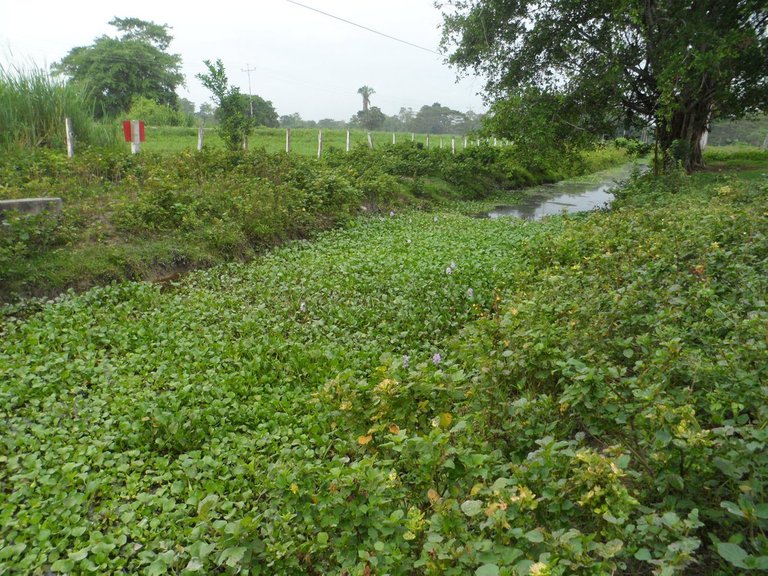
Fig. 3 Excessive aquatic macrophyte proliferation Eichhornia crassipes. Author: @lupafilotaxia.
Corology associated with the species
Regarding the chorology or distribution area associated with the species, the aquatic macrophyte Eichhornia crassipes, grows mainly in bodies of water with high concentrations of mineral elements, it also presents the ability to progress physiologically, on non-floodable soils.
In addition, the aquatic macrophyte Eichhornia crassipes, usually expresses its maximum growth potential in lakes and rivers, generating ecological and social problems, since it prevents the entry of light into these aquatic environments, thus affecting the biology of fish and at the same time generating anthropogenic problems mainly in countries such as Australia, South Africa, Argentina, Bangladesh, Brazil, Cameroon, Canada, Congo, USA, Mexico, and Venezuela.
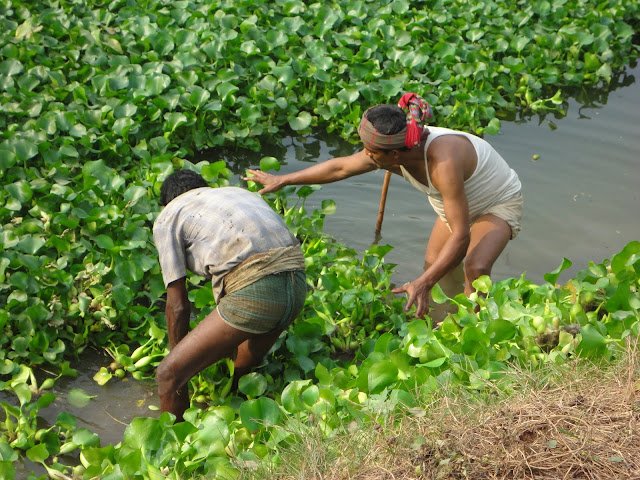
Fig. 4 Collection of the aquatic macrophyte in Bangladesh due to associated crop, transport and fishing problems. Public domain image. Author: Floraofbangladesh, 2016.
One of the problems of massive proliferation that has developed the aquatic macrophyte Eichhornia crassipes, is the case of plant invasion in the ecological and geographical area of southern Lake Maracaibo, specifically in the urban section that crosses the Escalante River between the cities of San Carlos and Santa Barbara de Zulia - Venezuela.
Note in the following image, how the water body of the Escalante River has been 100% invaded by the aquatic macrophyte Eichhornia crassipes, due to its geobotanical capacity to create an extensive mass of vegetation to cover large water extensions.
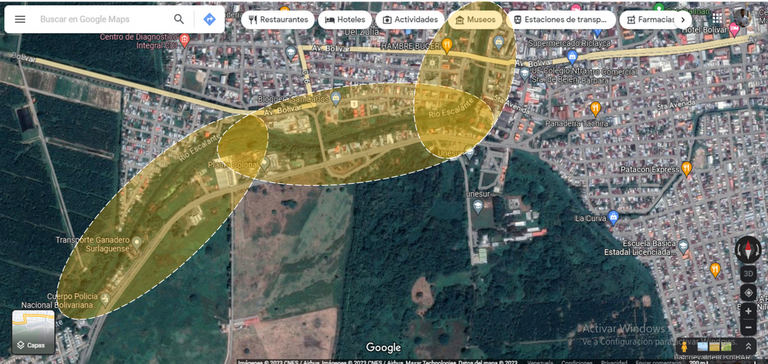
Fig. 5 Aquatic macrophyte Eichhornia crassipes, invading large extensions of the water body of the Escalante River. Image taken from: Google Maps - Satellite layer
Utilitarian potential of the species
From the scientific review and the evident geobotanical capacity exhibited by the aquatic macrophyte Eichhornia crassipes, whose biological and reproductive particularities create extensive plant masses in natural and artificial water bodies, it is inferred that the plant masses of this aquatic macrophyte can be used as material for the elaboration of agricultural and artisanal bio-inputs, In those cases of contaminated water bodies, Eichhornia crassipes plant masses can be used in phytoremediation systems in order to create conditions of biological, ecological and social equilibrium in the geographical areas where this important plant resource coexists.
BIBLIOGRAPHICAL REFERENCES CONSULTED AND CITED:
[1] Coetzee A., and Hill M. Eichhornia crassipes (Mart.) Solms–Laub. (Pontederiaceae). 2009. DOI:10.1017/CBO9780511576348.011. Article: Online access
[2] Téllez T., Rodrigo E., Granado E., Pérez E., Morán R., and Sánchez J. The Water Hyacinth, Eichhornia crassipes: an invasive plant in the Guadiana River Basin (Spain). Aquatic Invasions. 2008; 3; 1: 42-53. Article: Online access
[3] Opeyemi A., Tolulope A., and Asuwaju F. Eichhornia crassipes (Mart.) Solms: Uses, Challenges, Threats, and Prospects. Scientific World Journal. 2020; ID 3452172, 12. Article: Online access
[4] Faton O., Gnancadja S., Hinvi L., and Agapit W. Proliferation of the water hyacinth (Eichhornia crassipes) on the river Sô (Sô-Ava) in Bénin. International Journal of Biological and Chemical Sciences. 9; 5: 2589. Article: Online access
[5] Basaula R., Sharma H., Belant J., and Sapkota K. Invasive Water Hyacinth Limits Globally Threatened Waterbird Abundance and Diversity at Lake Cluster of Pokhara Valley, Nepal. Sustainability. 2021; 13: 24. Article: Online access
ATTENTION
Readers and followers
If you wish to read more scientific articles in English or Spanish, of excellent academic quality, do not hesitate to visit #STEMSocial and #STEM-espanol, communities that promote scientific content mainly in the areas of Science, Technology, Engineering and Mathematics.
OBSERVATION
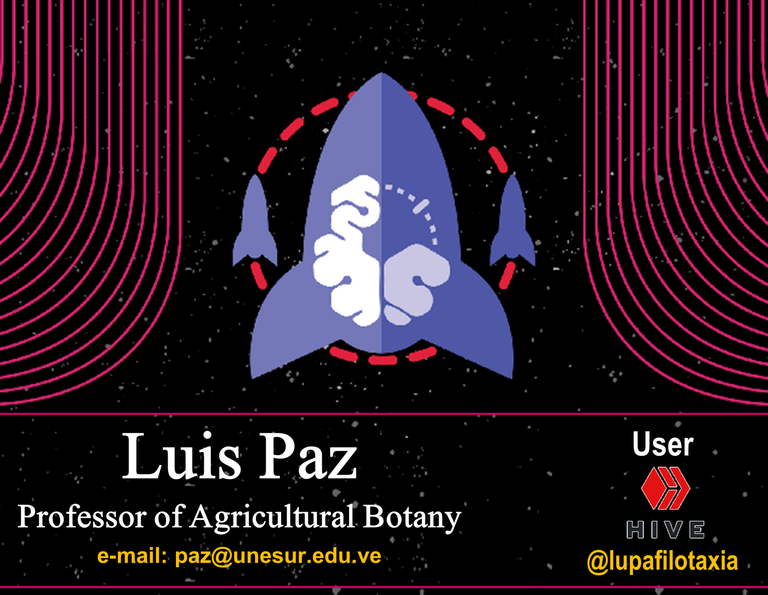
0
0
0.000
0 comments